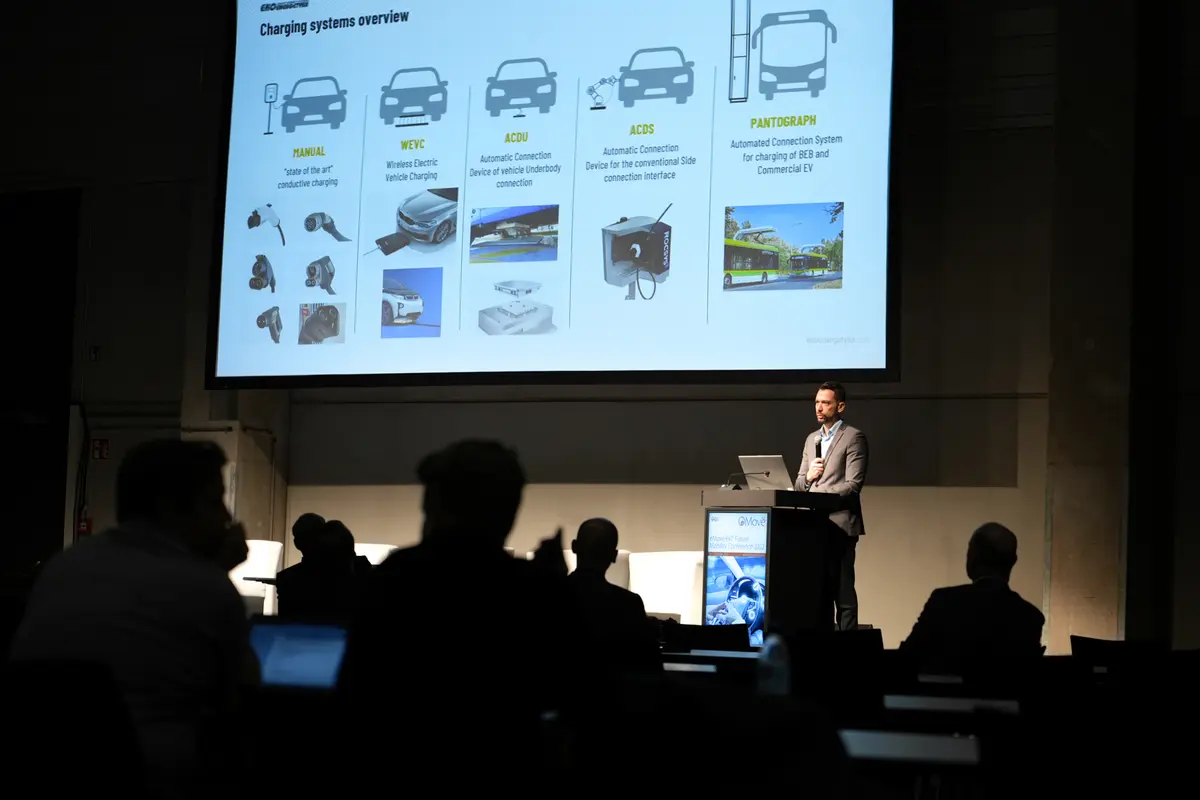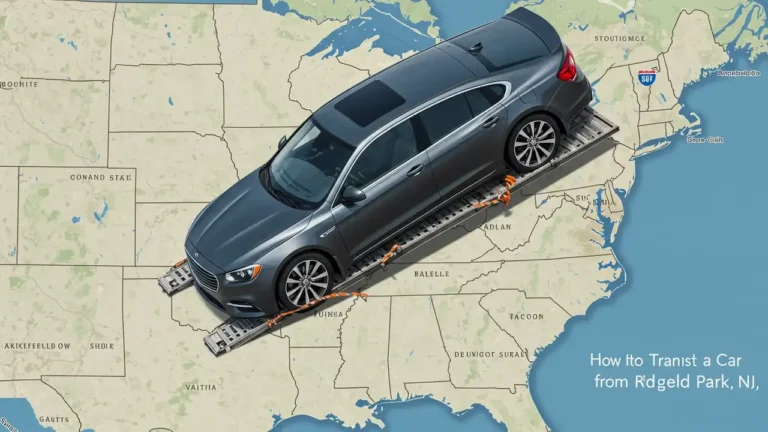How Businesses Are Marketing Their EV Charging Amenities to Gain a Competitive Edge
As electric vehicles (EVs) are becoming more common on the road, businesses are recognizing the importance of offering EV charging amenities to attract environmentally conscious consumers. Providing industrial and marine charging stations, among other solutions, has become a key differentiator in the competitive market.
However, while opportunities abound, adoption of and investment in EV charging amenities face a significant roadblock: lack of understanding and education. To address this challenge and secure their position as leaders in the EV movement, businesses are turning to creative and targeted marketing strategies.
Continue reading to uncover what those marketing strategies are.
The Biggest Challenge to EV Charging Infrastructure Adoption
One of the most significant barriers to the widespread adoption of EV charging amenities is the general lack of understanding about their availability and benefits.
Many businesses hesitate to invest in charging stations due to misconceptions surrounding cost, demand, and complexity. Such lack of awareness trickles down to consumers as well, leaving many unaware of where charging stations are located or how they can benefit from their use.
For business owners, the concern often centers on return on investment (ROI). Without clear evidence of demand or immediate revenue, some businesses are reluctant to allocate resources to these amenities. Consumers, on the other hand, may still view EV charging as inconvenient or unreliable due to incomplete infrastructure in certain regions.
This knowledge gap represents a missed opportunity. Businesses that overcome these hurdles not only demonstrate leadership but also gain early access to a rapidly growing market of EV drivers who prioritize convenience and sustainability.
Marketing Strategies Transforming EV Charging Perception
Savvy businesses are employing multifaceted marketing approaches to change public perception about EV charging. These strategies are focused on educating the public, building confidence in EV charging infrastructure, and driving adoption. Here’s how they’re doing it:
Educating Consumers About Benefits
Businesses are focusing heavily on education to bridge the knowledge gap. Campaigns are being designed to inform consumers about the practical benefits of EV charging amenities. From showcasing long-term cost savings to highlighting environmental impacts, companies are using clear and simple messaging to engage their audience.
For example, hotels and retail chains are promoting EV charging as a convenient, free value-add for customers who drive electric vehicles. Aside from educating customers, this approach also encourages repeat visits.
Enhancing Visibility and Accessibility
Another key marketing strategy is improving visibility. Businesses are ensuring their EV charging amenities are easy to find through partnerships with EV mapping apps like PlugShare and ChargePoint. This strategy removes friction for EV drivers and increases foot traffic to their establishments.
Additionally, companies are highlighting charging stations on their websites, social media, and in-store signage to raise awareness among customers who may not otherwise consider these amenities.
They also participate in industry events and exhibitions to showcase their commitment to sustainability and innovation. These events provide a platform for businesses to network with potential customers and partners, further promoting their EV charging solutions.
Leveraging Sustainability Messaging
The shift toward sustainability is driving consumer preferences, and businesses are tapping into this trend to promote EV charging. By positioning charging stations as part of a larger sustainability commitment, businesses connect with eco-conscious consumers who are increasingly loyal to brands that align with their values.
For instance, businesses often share stories of their carbon footprint reduction efforts, linking EV charging stations to broader environmental initiatives. This resonates strongly with younger demographics who value environmental responsibility.
Offering Incentives to Drive Use
To further encourage adoption, businesses are providing incentives to customers who use their EV charging amenities. A few examples of how companies are motivating EV drivers to visit their establishments include:
- free charging sessions
- discounted parking,
- loyalty program points
These short-term perks build customer loyalty and generate long-term engagement.
Partnering With Industry Leaders
Businesses are also forming strategic partnerships with EV infrastructure providers to streamline implementation and promote their offerings.
Collaborating with trusted names in the EV industry builds credibility and reduces the perceived risk of adoption. This strategy is particularly effective for businesses entering the industrial and marine charging stations market, where infrastructure reliability is critical.
Conclusion
Forward-thinking companies understand that EV charging amenities are investments in future mobility. They proactively develop comprehensive marketing strategies, enabling them to position themselves as innovation leaders in a rapidly evolving technological landscape.
The most successful approaches combine public education, enhancing visibility and accessibility, targeted messaging, and developing and maintaining valuable partnerships. As electric vehicle adoption accelerates, businesses that effectively communicate the value of their charging amenities will gain significant competitive advantages.






